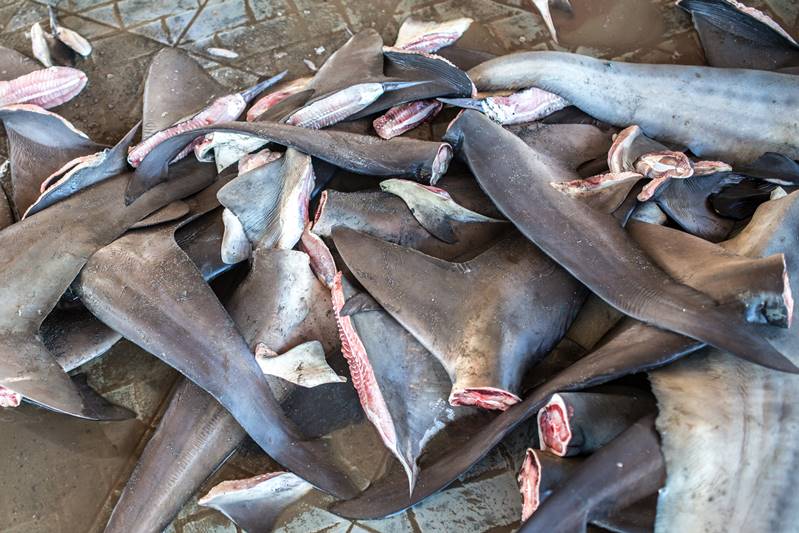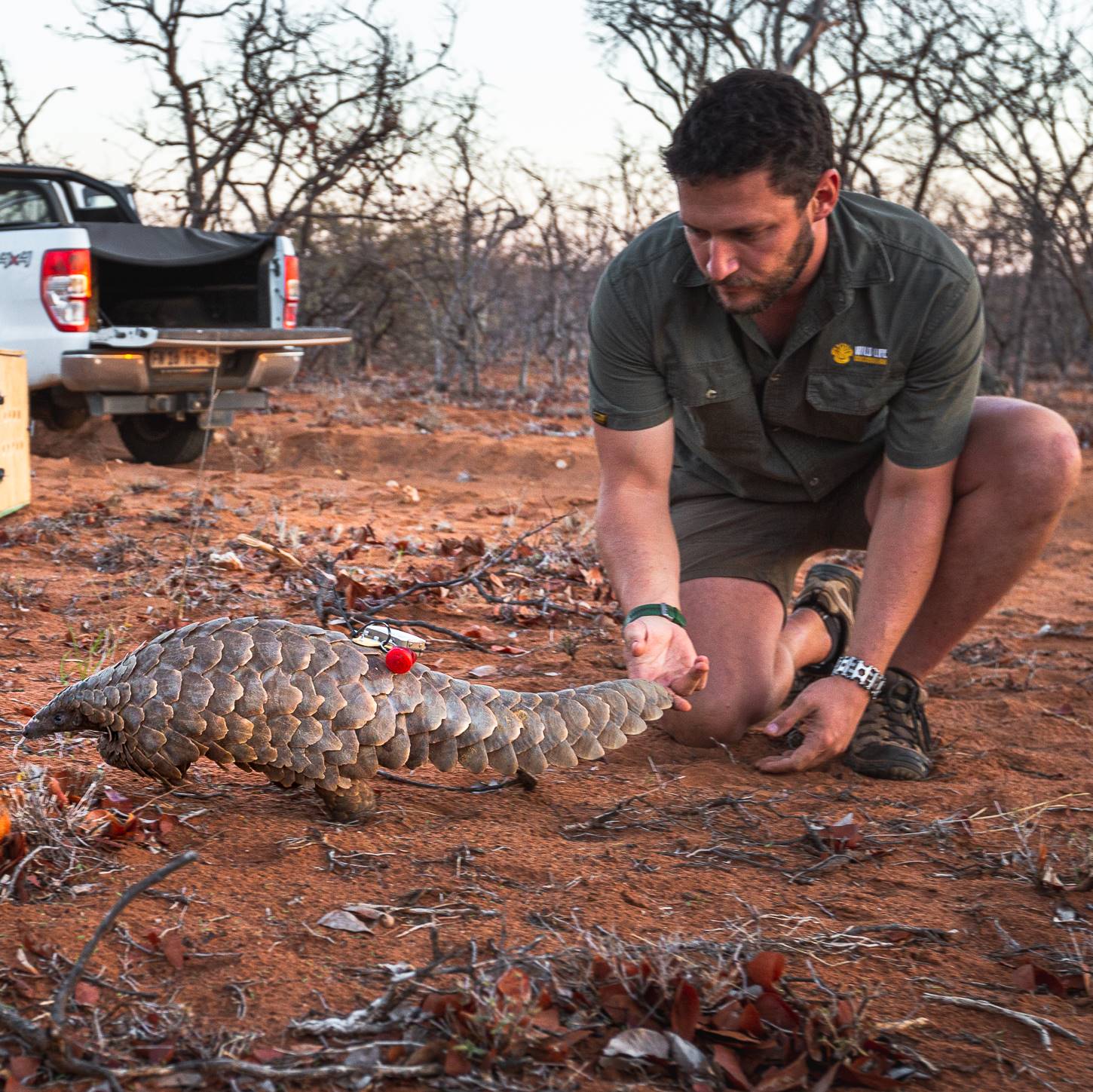When we take something faster than it can be re-produced, we are overharvesting or overexploiting – the term is used with regards to a food source, for example, blue-fin tuna. Overharvesting can drive a species into extinction, or deplete it to such low levels that that it can unbalance a complete ecosystem with severe consequences.

Bluefin tuna is the largest species of tuna and it is prized in Japan for sushi. Overharvesting over the years, and taking too many juveniles who can’t then reproduce means the population crashed. With increased demand and reduced supply the prices for bluefin soared leading some fisherman to hunt down the last remaining ones for economic gain. Strict sustainable fishing quotas were introduced a decade ago to try and help the population of bluefin and several other large tuna species recover – fortunately Pacific and Atlantic populations have responded and although stocks are still severely depleted it does give some hope that a sustainable fisheries approach can work.
It’s not just tuna either. Many shark and ray species are overfished – 37% are now threatened with extinction. Sturgeon species too and even European eels have declined so much that they are now listed as Critically Endangered.
We are eating dozens of other species into extinction. From pangolins, ortolan bunting (birds) and Red Colobus to Saola which are all trapped/hunted for human consumption.




